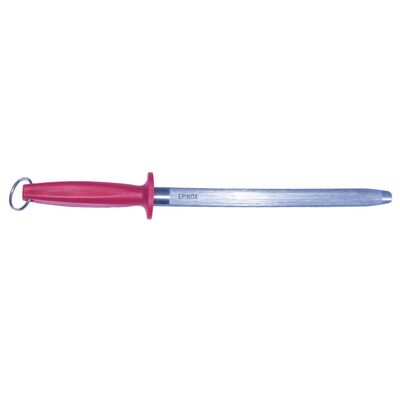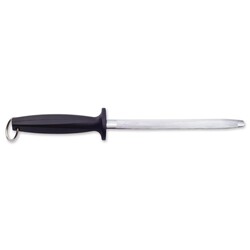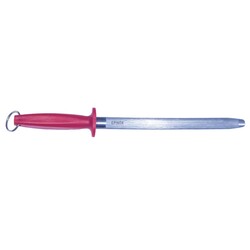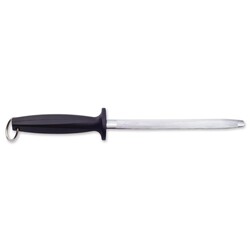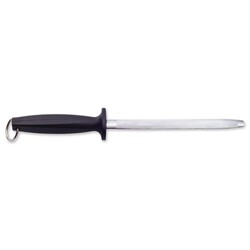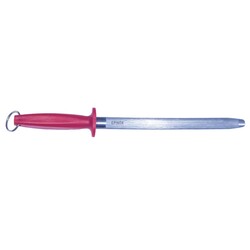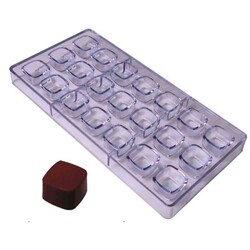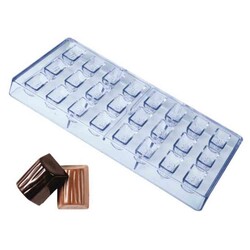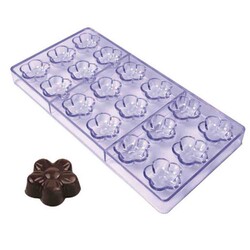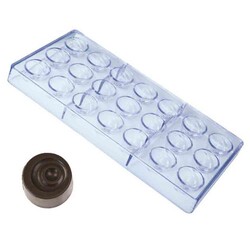The handle is plastic and specially designed for right and left-handed users.
The handle has a special hand guard for your safety.
It is made of special high carbon steel alloyed with chrome, manganese and silicon.
Provides protection against corrosion.
It holds steel particles within itself using its magnetization feature.
It does not leave any scratch marks on your knife.
It is 25 cm 10" in total, excluding the handle.
How to Use;
- The cutting edge of the knife should be held between 15°-20° with the sharpener, and pulled from the bottom to the tip, without pressing.
Note;
- If the thickness of the sharpening edge, i.e. the edge of the knife, is very thick, the edge thickness should be thinned to between 0.4 and 0.6 mm.
- If the knife overheats during sharpening, it changes the structure of the steel, reduces corrosion resistance and the hardness of the blade. For this reason, it may also cause you to lose the edge holding ability of your knife.
- The sharpening process should be applied flawlessly from the bottom to the tip, so that a thin wire cap is formed on the edge of the knife.
- This thin wire/bur formed on the cutting edge must be removed to finish the sharpening job.
- If the burr formed on the edge is not removed carefully, the cutting sharpness and resistance to dulling of your knife can be greatly impaired.
- The blade surface must have a straight cut line, and a jagged or fragmented edge can cause the blade to break.
- Blades should not be exposed to substances that can cause high corrosion, such as salt water, for too long.
 → GRATERS
→ GRATERS
 → STRAINER - COLANDER
→ STRAINER - COLANDER
 → BEATERS
→ BEATERS
 → SHOVELS
→ SHOVELS
 → KITCHEN APPLIANCES
→ KITCHEN APPLIANCES
 → SPATULAS
→ SPATULAS
 → TRANSPORT EQUIPMENT
→ TRANSPORT EQUIPMENT
 → WOODEN PRESENTATION
→ WOODEN PRESENTATION
 → PASTRY&SILICONE
→ PASTRY&SILICONE
 → GRINDING MILLS
→ GRINDING MILLS
 → BREAD BASKETS
→ BREAD BASKETS
 → TEA&COFFEE PRODUCTS
→ TEA&COFFEE PRODUCTS
 → DESKTOP EQUIPMENT
→ DESKTOP EQUIPMENT
 → NOODLE&PASTA MACHINE
→ NOODLE&PASTA MACHINE
 → OPEN BUFFET
→ OPEN BUFFET
 → SHARPENER MASAT
→ SHARPENER MASAT
 → KNIFE
→ KNIFE
 → BUTCHER SUPPLIES
→ BUTCHER SUPPLIES

